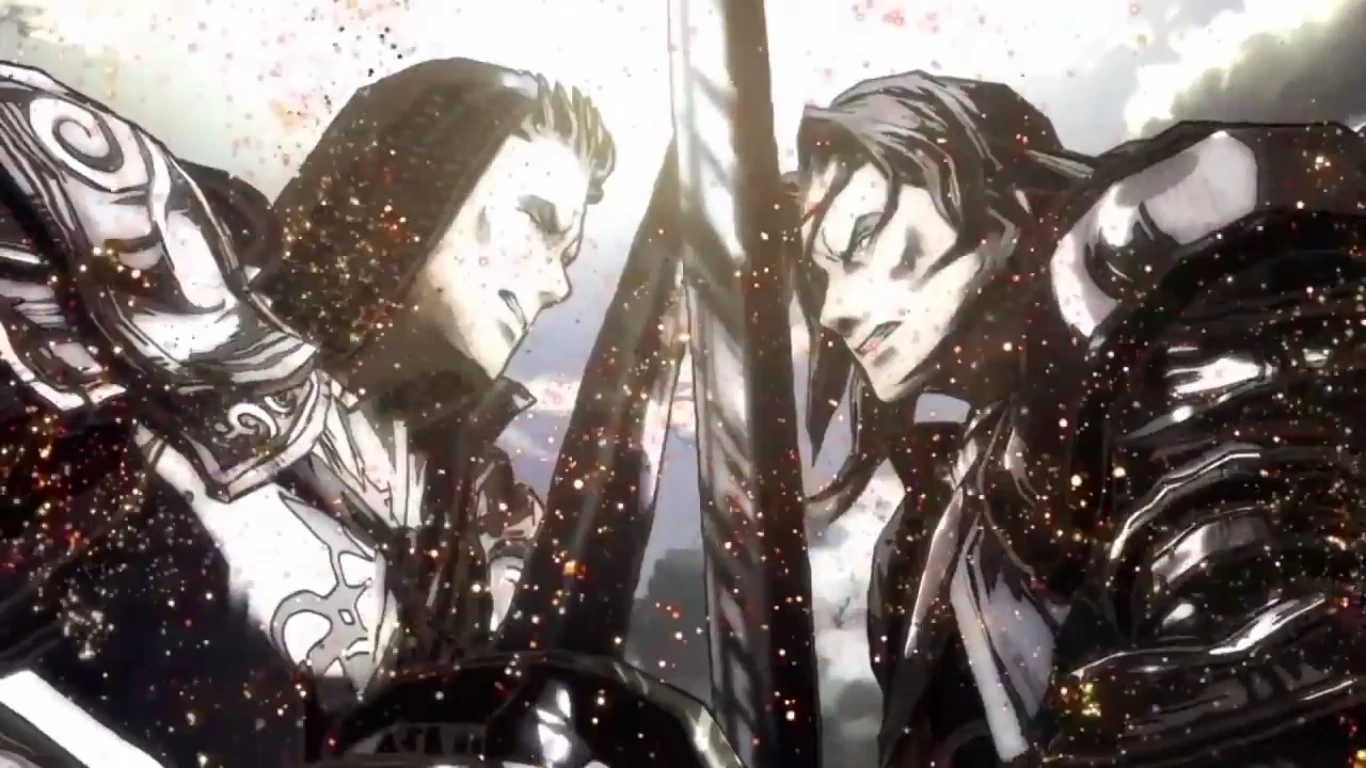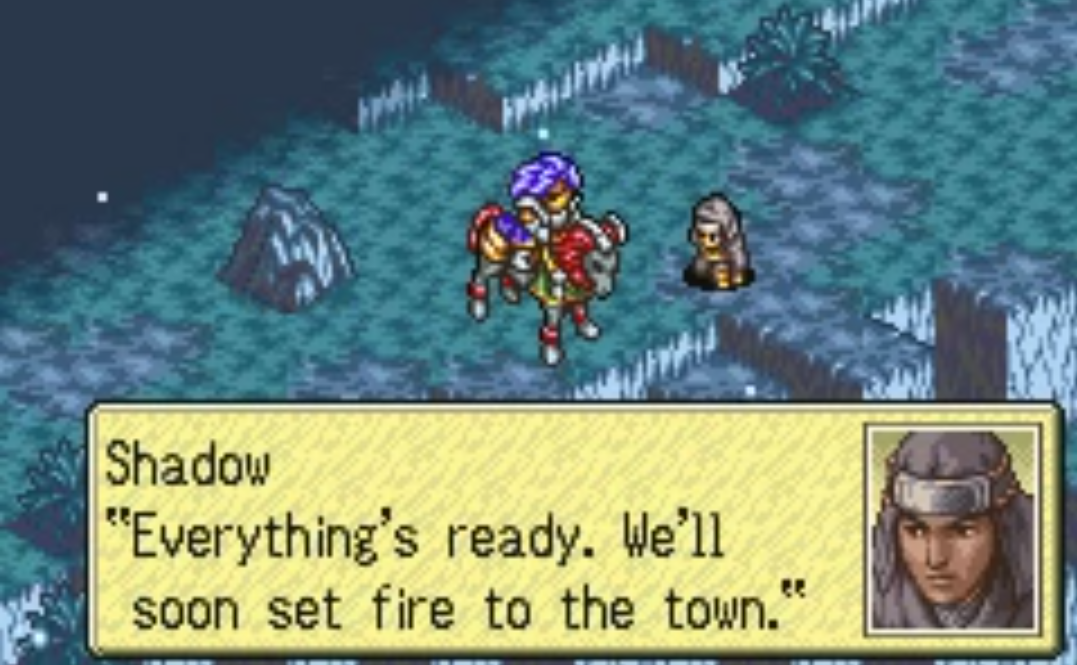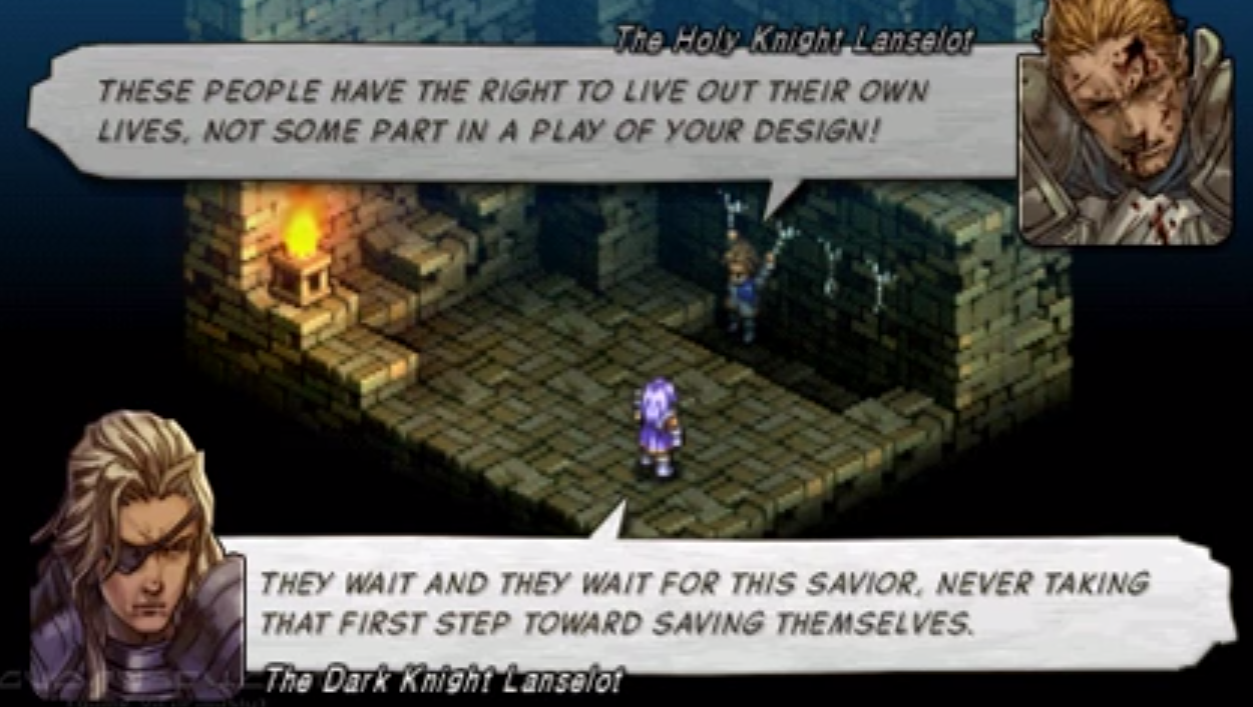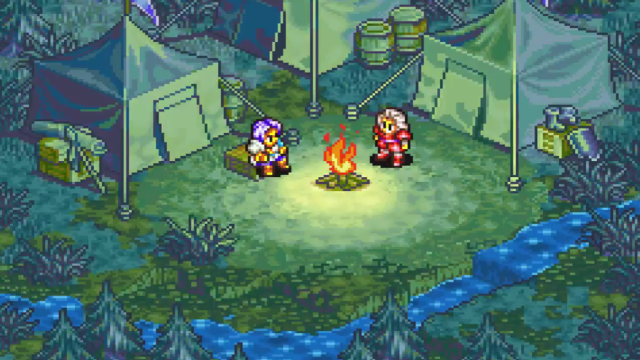Not many games get a stinger this good, so it’s a shame so few people remember it.
Ask someone about their favourite turn-based tactical role-playing game and they will probably start talking about Final Fantasy Tactics or Fire Emblem. Maybe even Tactics Ogre: Let Us Cling Together.
But what about the Ogre series spin-off Knights of Lodis? Probably not. And even if they did play it at some point, I can almost guarantee they gave up slogging through the game long before reaching the end, let alone try to unlock its secret credits scene.
Released exactly fifteen years ago today for the Game Boy Advance, Knights of Lodis took Let Us Cling Together, the most popular game in the Ogre series and the direct inspiration for Final Fantasy Tactics, and tried to reduce it into a prequel that could fit comfortably on a handheld.
Coming out prior to both Final Fantasy Tactics Advance and Fire Emblem, it was the first real attempt to stick a sprawling and strategically deep tactical RPG and make it portable. And the results, even in retrospect, were pretty impressive.

Quest, the game’s developer, decided to stick to the political melodramas that have come to define the series rather than switch to something more juvenile as Square did with Tactics Advance (if you forget, or never played the game, Knights of Lodis focuses on the power struggle between an empire and it’s unwilling colonies that eventually morphs into a supernatural fight between demons and mermaids). Though there are fewer character classes than in Let Us Cling Together, and only eight units on the field of battle compared to ten, but what the game lacks in breadth it makes up for in better contrasts.
Compared to Final Fantasy Tactics, Let Us Cling Together felt like tench warfare, with large maps filled with damage sponges turning each individual battle into a long war of attrition (though famed RPG designer Yasumi Matsuno was the mastermind behind both). Knights of Lodis finds a middle ground between the two with a calculus that’s less granular than the one and not as easily broken as the other (there are no double-great sword wielding samurai with teleport in Quest’s game).
Knights of Lodis isn’t a particularly difficult game, unless you’re gunning for the “A+” ending, a project that entails fulfilling so many arcane requirements it’s not surprising most people have long since forgotten about it. Like the other games in the series, Knights of Lodis allows the player to choose between different conversation options that can affect the story and have consequences for its ultimate outcome.

For the A+ ending you first need to agree in a conversation early on with the war orphan Cybil, the less intuitive of the two choices given her unclear intentions and apparent attempts to manipulate the main character, Alfonso. If you don’t say “…I’ve no better ideas,” one of the least inspired things a video game character has ever uttered, sorry, you’ve already blown it.
You also need to make sure Eleanor, character who joins your party after nursing him back to life, is with you for the final boss fight. Most importantly of all, however, you need to have Alfonso kill at least 50 units during the course of the game, let no more than five of your own comrades die, and do all of these things in less than 25 hours.
Yes, if you don’t beat Knights of Lodis in under that arbitrary time limit, you’ll miss out on an added scene that reveals who Alfonso turns into by the time Let Us Cling Together takes place.
You can read how each of the game’s endings compares in detail here, but the TL;DR is that in the A+ ending Eleanor has to sacrifice herself during the last boss firth to save Alfonso, meaning that instead of wondering off with her to leave war and politics behind as in the other endings (and similar to Final Fantasy Tactics) he is smuggled back to Lodis to receive the High Priest’s blessing and become a tool to be used by the empire.
As a result, he’s given the name Lanselot Tartaros and later becomes the High Champion of the Dark Knights Loslorien (a crew of elite medieval storm troopers), and one of the main villains in Let Us Cling Together. Or as you probably know him better: that bad-arse sprite with the purple dreads and eye-patch.

In the post-credits stinger, Lanselot gives the order to burn a village and kidnap a priest. Not only does it connect the games in an unusually satisfying way, it also gives Alfonso a character arc that’s much darker but also more realistic given everything an Ogre game puts its characters through.
The righteous do-gooder is ultimately beaten down and warped by the political forces surrounding him, rationalising the game’s lighter and more superficial tone on a thematic level given that it’s the prequel to the darker, grittier Let Us Cling Together. Lanselot’s nihilism in the latter suddenly as a much richer context supporting it.
There were even speculation at one point that an eighth chapter in the series would continue the character’s story and bring it to a final conclusion since he is seen escaping in Let Us Cling Together. Unfortunately, it’s unclear at this point whether the series has any future at all.

Comments